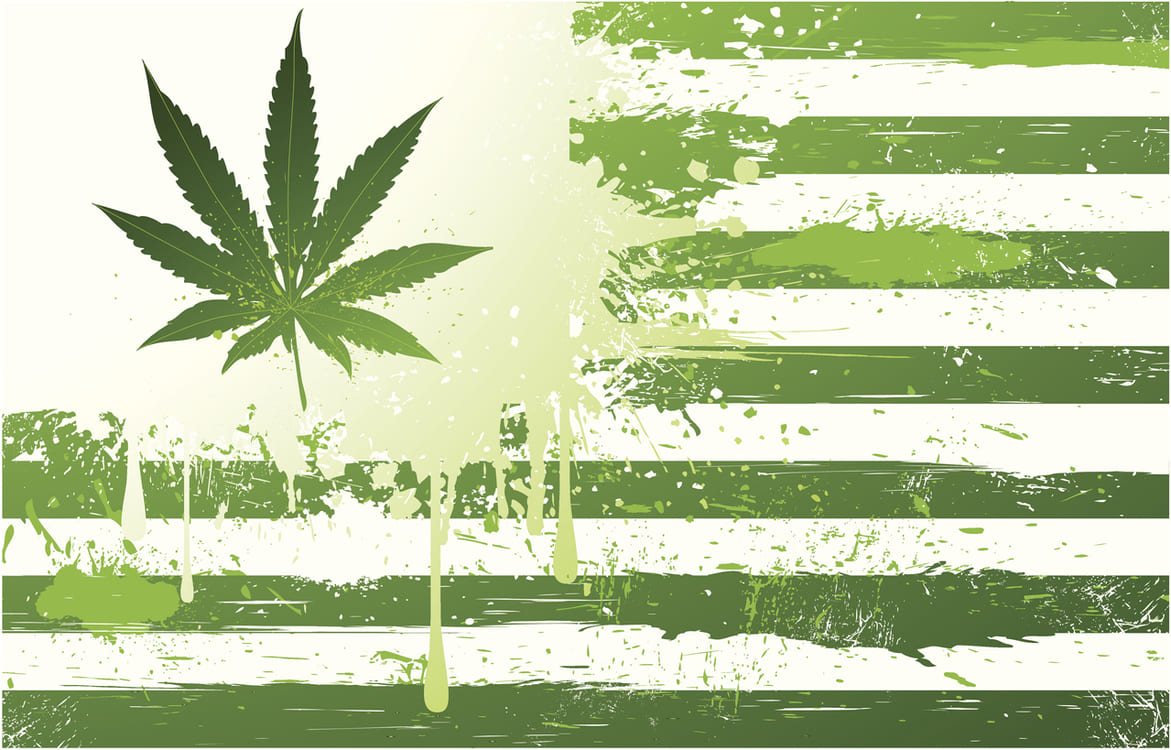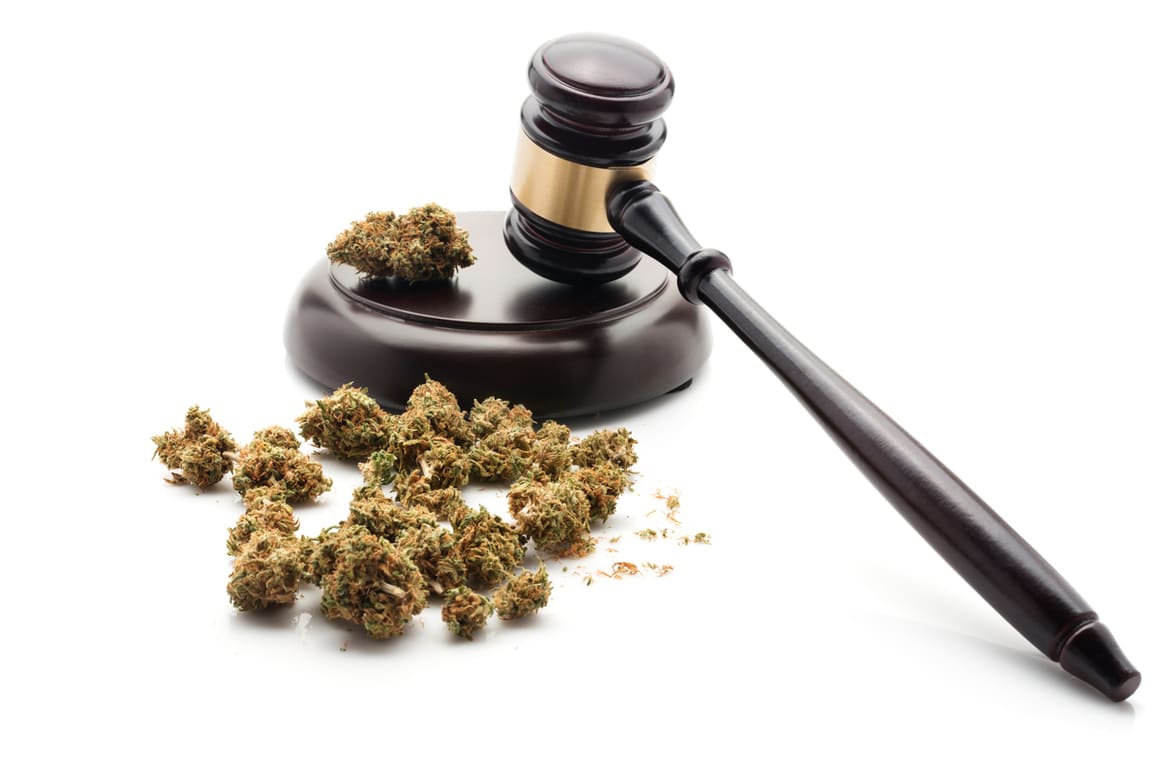The cannabis plant is estimated to have been used by humans for over six millennia. But how was it first consumed and how did it travel to the four corners of the world? The first evidence of hemp cultivation dates back to 4000 BC in the village of Pan-p'o in China.
At that time, cannabis was used to make textiles, paper, rope or even oil. About 2,000 years later, it made its first appearance in Chinese medical texts. From Imperial China to its introduction into modern Western medicine, we invite you to discover the roots and history of cannabis through this article.



